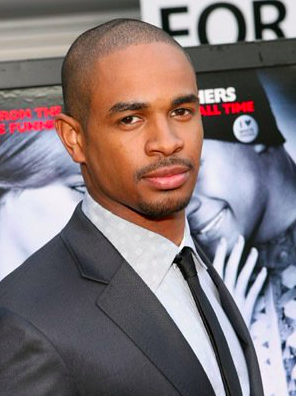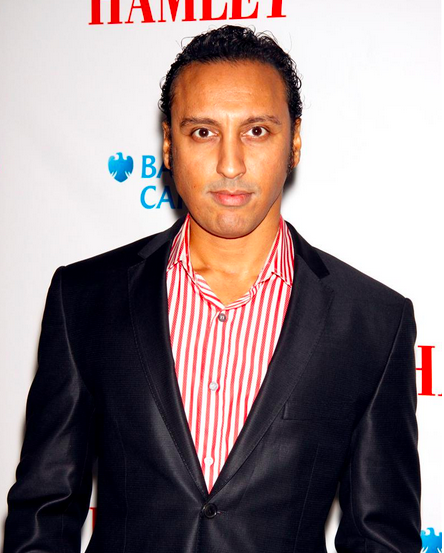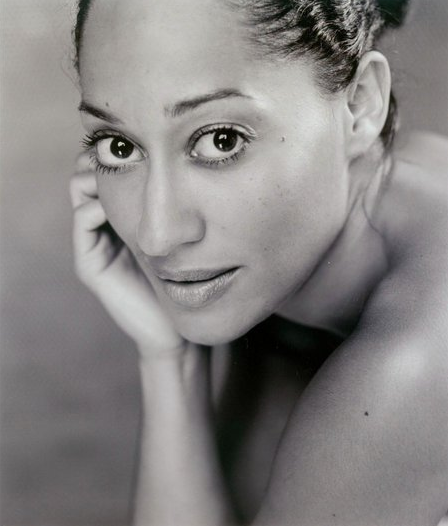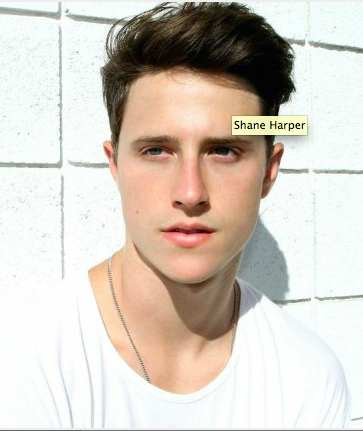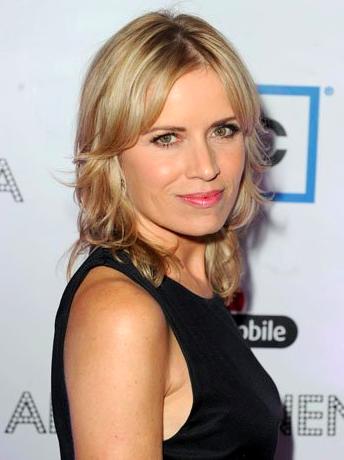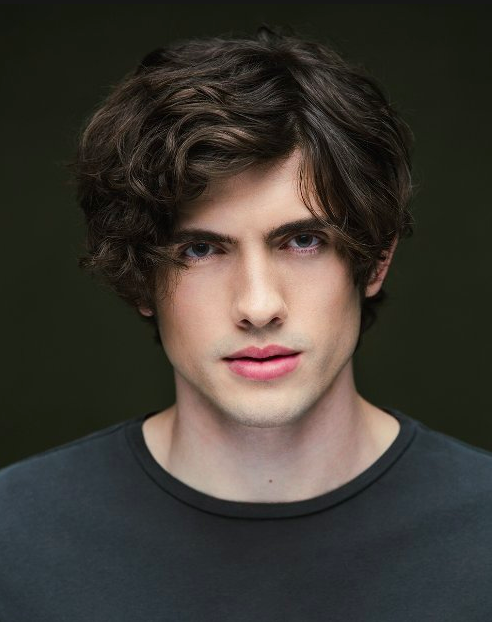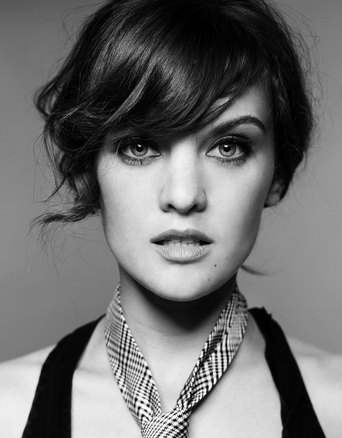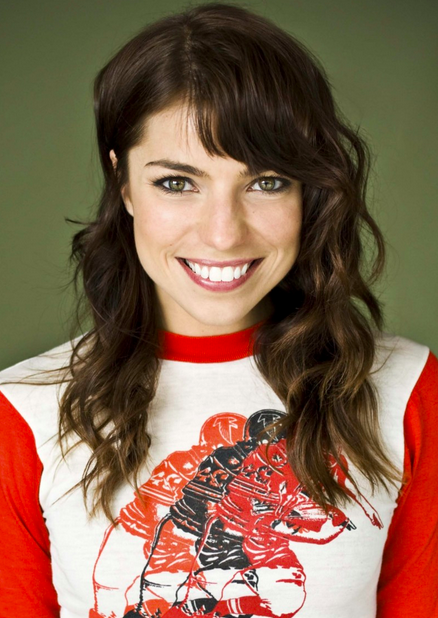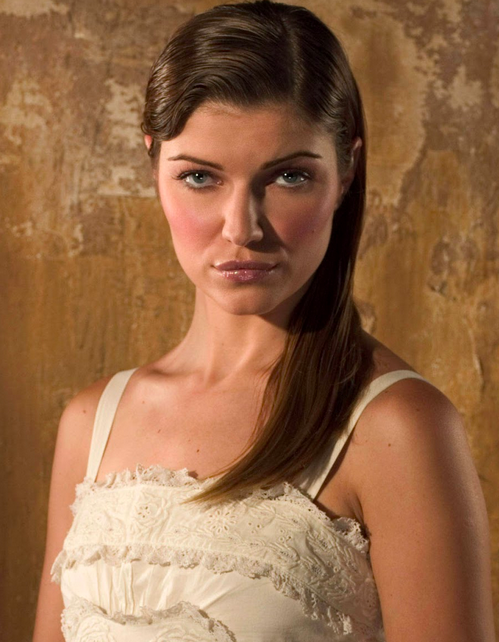The Writing Process: I Shouldn't be Doing This
/I became a writer by accident. A dyslexic kid who wasn’t diagnosed until I was 20, the English language felt like an enemy to be defeated. If I didn’t get it right the first time, I didn’t see the point in trying. And without academic support for my learning disability, I was never going to get any of it right. If you’d told my 15-year-old self I’d be writing screenplays as adult, I would have asked you what you were smoking—and if I could have some.
But I always loved stories.
Acting seemed like the natural way for me to explore this passion. But after realizing I didn’t really want to be an actor—and that to pursue acting in Hollywood you have to really want it—I moved on. I made art, marionettes, directed and explored storytelling in that way.
Eventually, I started coaching actors privately. They brought me script after script, and I broke each down using techniques mastered by Stella Adler. Interpretation, imagination and, most importantly, making choices that serve the story. I eventually realized that every single character serves the story of the script in a very particular way. And that key moments seemed to happen at the same point in each script. Then, one morning, I woke up and it hit me.
A screenplay is a transformation machine.
Every single piece of information is included to force the protagonist into a transformation (whether positive or negative). I’ve found this to be true in 90 percent of produced screenplays. I also felt, for the first time, creating this kind of machine was something I could absolutely do.
I’d also—and I’m going to be brutally honest here—read a whole lot of really bad scripts. Now that I understand how hard it is to write anything, let alone anything good, I have nothing but compassion for those writers. But I felt like I finally had in my possession a key that could help me unlock the stories that had lived in my mind for so many years.



